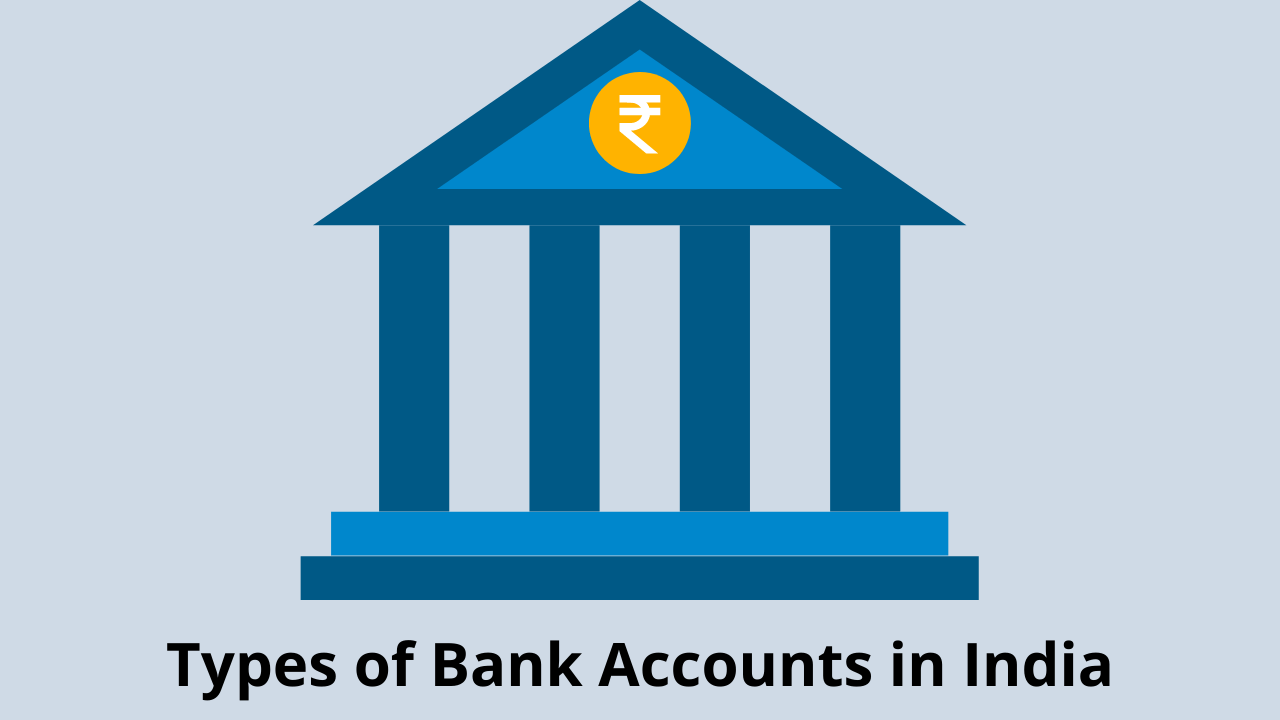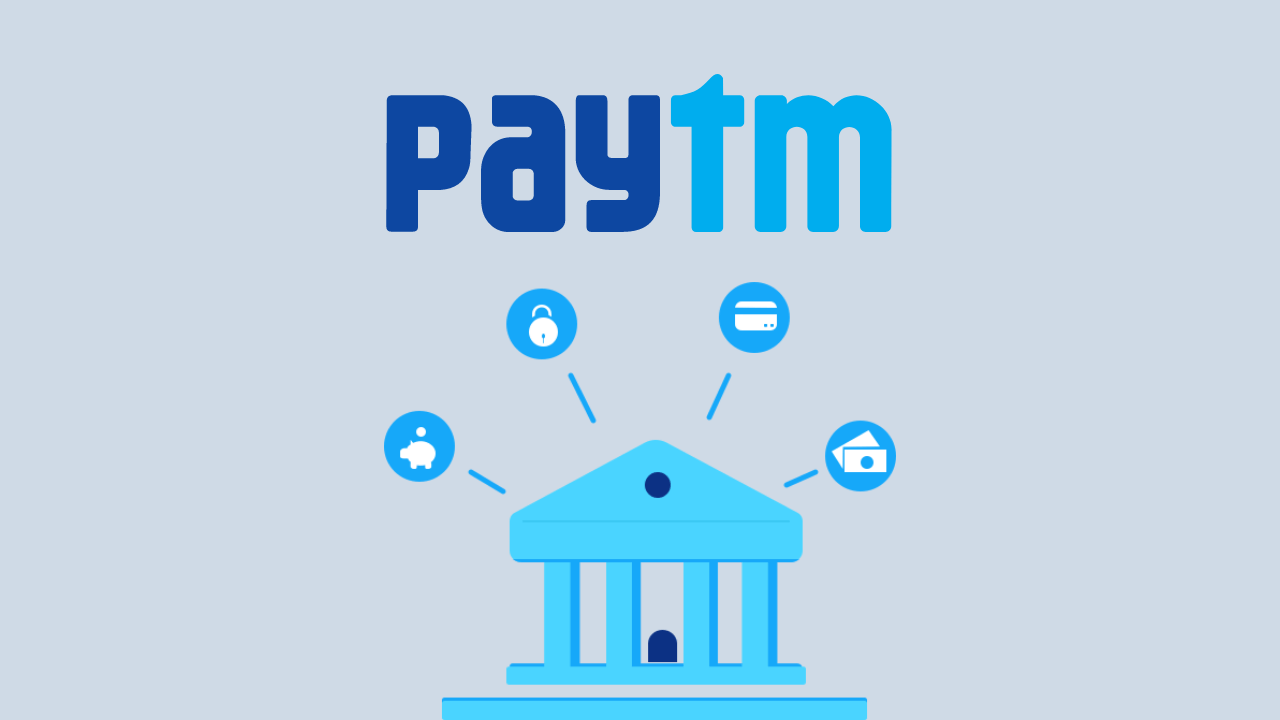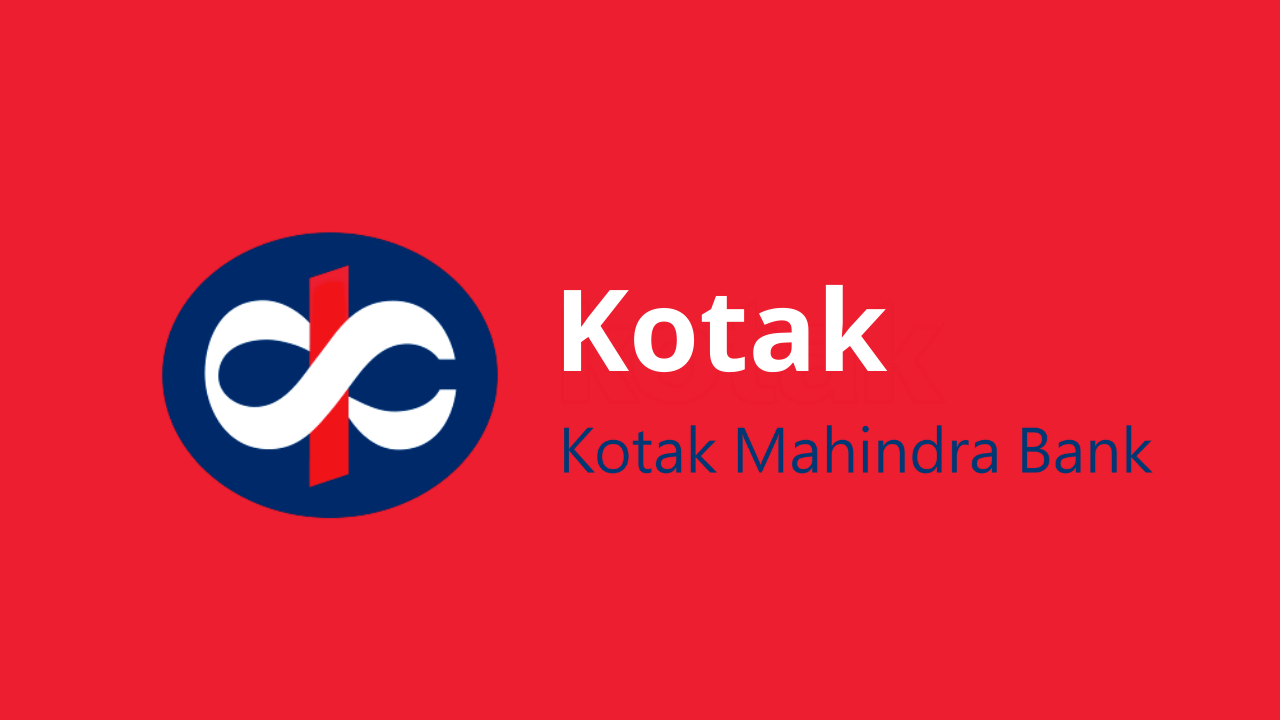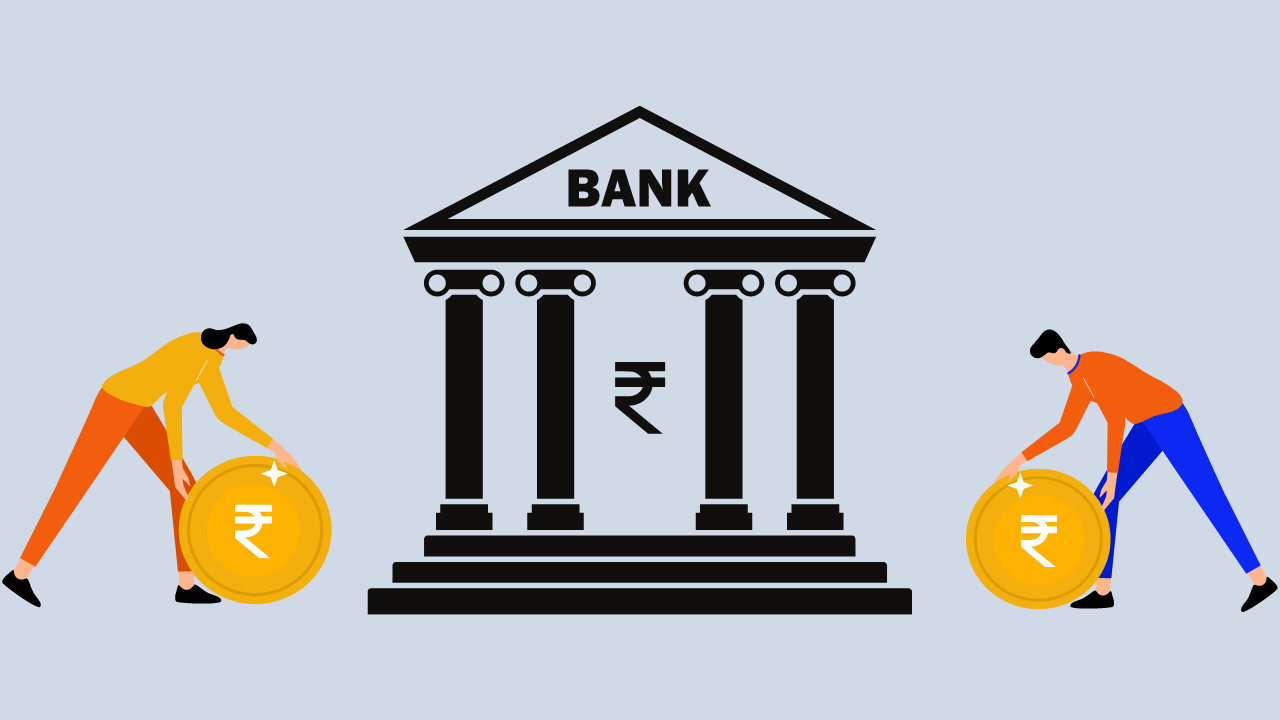In the complex realm of the Indian financial market, understanding key players is crucial for any investor. Foreign Institutional Investors (FIIs) and Domestic Institutional Investors (DIIs) are two such entities that play a pivotal role in shaping market dynamics. This article aims to demystify FII and DII, explore their types, and highlight the differences between these significant players in the Indian financial ecosystem.
What are FIIs and DIIs?
Foreign Institutional Investors (FIIs):
Foreign Institutional Investors (FIIs) are entities that invest in the financial markets of a country outside their own. These can include hedge funds, mutual funds, pension funds, and other investment institutions. FIIs contribute to the foreign capital flowing into a country’s financial markets, making them an integral part of the global investment landscape.
Domestic Institutional Investors (DIIs):
Domestic Institutional Investors (DIIs), on the other hand, are entities that invest in the financial markets of their own country. These include mutual funds, insurance companies, banks, and other institutional investors. DIIs play a crucial role in channeling domestic savings into the financial markets, influencing liquidity and overall market sentiment.
Types of FIIs:
- Foreign Pension Funds:
These are investment funds managed by foreign governments to secure financial resources for their pension obligations. Foreign pension funds invest in various financial instruments globally to generate returns for sustaining pension payouts. - Mutual Funds:
Foreign mutual funds operate similarly to their domestic counterparts but are managed by foreign entities. These funds pool money from various investors to invest in a diversified portfolio of stocks, bonds, and other securities. - Insurance Companies:
Foreign insurance companies may invest in the Indian financial markets to diversify their investment portfolios. They often focus on stable and long-term assets to meet their policyholder obligations. - Sovereign Wealth Funds (SWFs):
Sovereign Wealth Funds are state-owned investment pools that manage a country’s reserves. These funds invest globally to generate returns for the benefit of the issuing nation. When they invest in a foreign country, they operate as FIIs.
Types of DIIs:
- Mutual Funds:
Domestic mutual funds pool money from retail and institutional investors to invest in a diversified portfolio of securities. They play a crucial role in channeling savings into the equity and debt markets. - Insurance Companies:
Domestic insurance companies invest their policyholder’s premiums in various financial instruments, including stocks and bonds. Their investment decisions are influenced by the need to maintain a balance between risk and returns. - Banks and Financial Institutions:
Banks and other financial institutions, such as Non-Banking Financial Companies (NBFCs), are significant participants in the Indian financial markets. They invest in various instruments to optimize their returns while adhering to regulatory guidelines. - Provident Funds:
Provident Funds manage the retirement savings of employees. These funds invest in a mix of equity and debt instruments to ensure steady returns while preserving capital.
Differences between FIIs and DIIs:
1. Origin:
- FIIs: These investors originate from foreign countries, bringing external capital into the host country’s financial markets.
- DIIs: These investors operate within the country of the financial market they are investing in, utilizing domestic savings.
2. Investment Objectives:
- FIIs: Foreign Institutional Investors often seek global diversification, aiming for high returns and risk mitigation across various markets.
- DIIs: Domestic Institutional Investors typically focus on the economic conditions of their home country, aiming to contribute to its development and growth.
3. Regulatory Oversight:
- FIIs: These investors are subject to regulations set by the host country’s regulatory authorities, such as the Securities and Exchange Board of India (SEBI) in the case of India.
- DIIs: Domestic Institutional Investors operate under the regulatory framework of their home country, ensuring compliance with rules set by local regulatory bodies.
4. Investment Horizon:
- FIIs: Foreign Institutional Investors may have a shorter investment horizon, reacting swiftly to global market trends and economic indicators.
- DIIs: Domestic Institutional Investors often have a longer-term perspective, aligning their investments with the economic growth and development of their home country.
5. Market Influence:
- FIIs: The actions of Foreign Institutional Investors can significantly impact the host country’s financial markets, leading to increased volatility at times.
- DIIs: Domestic Institutional Investors contribute to the stability of the domestic financial markets, playing a vital role in absorbing market shocks.
Significance in the Indian Context:
1. Market Liquidity:
- FIIs: These investors can enhance market liquidity by injecting foreign capital, contributing to increased trading volumes.
- DIIs: Domestic Institutional Investors provide stability to market liquidity, ensuring a consistent flow of funds into the domestic financial markets.
2. Capital Formation:
- FIIs: Foreign Institutional Investors play a role in capital formation by investing in various securities, including stocks and bonds.
- DIIs: Domestic Institutional Investors channelize savings into the financial markets, contributing to capital formation and economic growth.
3. Market Trends:
- FIIs: The investment decisions of Foreign Institutional Investors can influence market trends, leading to periods of bullish or bearish sentiment.
- DIIs: Domestic Institutional Investors’ actions are reflective of the economic conditions and growth prospects of their home country, shaping domestic market trends.
Conclusion:
In navigating the intricacies of the Indian financial market, understanding the roles of Foreign Institutional Investors (FIIs) and Domestic Institutional Investors (DIIs) is paramount. These entities, though distinct in origin and objectives, collectively contribute to the vibrancy and resilience of the financial ecosystem. Recognizing the differences between FIIs and DIIs empowers investors to make informed decisions, navigate market fluctuations, and participate effectively in the ever-evolving landscape of the Indian share market.









